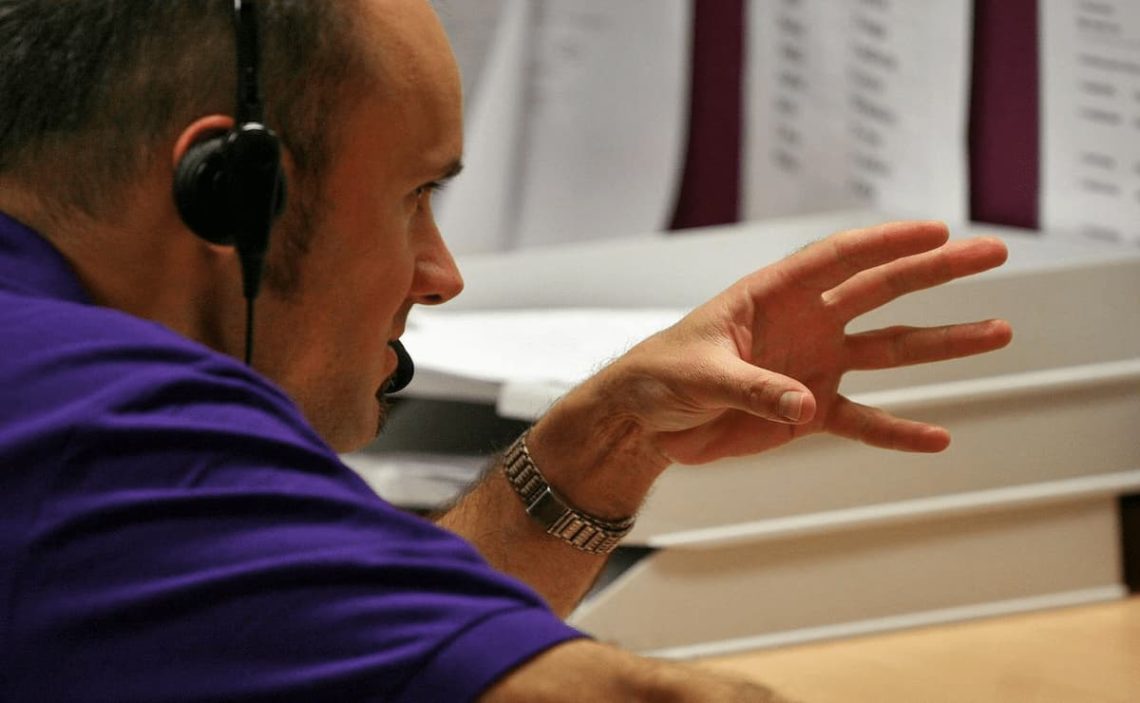A government subsidy can take many shapes and forms in reaching the beneficiary. There is a widespread tendency to think that grants are only applied with money in the company’s account, but this is not the practice. There can be many different ways of delivery.
When a company or productive sector applies for a subsidy, the format in which it obtains these benefits can be very different depending on a number of issues. While it is usual to use direct subsidies that reach the company’s accounts, there are also other forms of grants.
Let’s review the main formulas for distributing government subsidies in the United States and in most other countries.
Direct cash subsidies
This is the most common subsidy. It is a simple model in which the beneficiary companies receive an amount of money in their own accounts.
These subsidies can be granted to all sectors. They are usually granted to stimulate the growth of the industry or other sector to which the aid relates.
There are many examples, but some of the best known, are direct subsidies for the energy transformation of companies, orienting this conversion to renewable energies.
Subsidy in the form of a tax benefit
This is another fairly common form of aid. In this arrangement, companies obtain direct tax benefits. Generally, the profits are related to the reduction of the tax burden.
Another option can be to access tax benefits for the fulfillment of certain tax obligations. One of the advantages of these models is that they apply to all types of companies, from large corporations to small and medium-sized ones.
Subsidies in the form of grants and contract bonuses
This formula is less common than the two previous ones, but it is also quite widespread. It is usually oriented to specific productive sectors or industries that are going through bad economic times.
In this case, what is done is to encourage the contracting or purchase of services by offering better conditions than those available on the market. For example, by paying above-market prices to favor a certain business sector or company.
This is a short-term aid, which generally does not remain in use for long. It is used to stimulate the sectoral economy.
Participation in companies
This is a shock subsidy model. It is often used in the case of companies or areas that have suffered severe economic damage.
This may be done directly, through state-owned or third-party companies. The objective is to participate in the shareholding of the companies by providing the cash. In general, the shares can be repurchased by the company’s shareholders. They can also be sold on the public market.
In addition to all the previous subsidies, other possible models may arise, such as, for example, the possibility of accessing subsidized loans or credits, or export or import subsidies, which may take any of the formats reviewed above.


